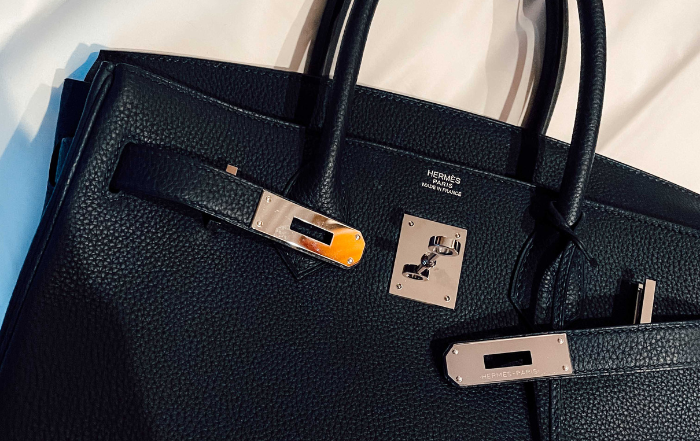A boundary testing trade mark case continues in the US between Hermès International and Mason Rothschild and we eagerly await the outcome. This case is likely to set a precedent about how trade mark rights can extend to, and be enforced in, the virtual space / metaverse.
In this case, Hermès are claiming trade mark infringement, dilution, unfair competition and cybersquatting relating to unauthorised use of their registered trade mark ‘BIRKIN’ and the trade dress of their famous ‘BIRKIN’ handbag by Rothschild, who have promoted and sold ‘MetaBirkin’ NFTs. The ‘MetaBirkin’ NFTs themselves relate to digital designs of handbags covered in brightly coloured fur and on this basis, Rothschild claim that they are protected under the First Amendment as the NFTs relate to an artistic work.
Some background…
In January 2022, Hermès claimed against Rothschild on the basis that consumers would be duped into believing that the ‘MetaBirkin’ NFTs sold by Rothschild were linked to, or endorsed by Hermès, when in fact, they had nothing to do with them.
Whilst Rothschild’s ‘MetaBirkin’ NFTs correspond to digital designs of handbags covered in brightly coloured fur, and do not actually function as a handbag per se, Hermès are set to argue that:
- Consumers would be misled into believing that the NFTs are linked to, or originate with them, i.e. that Hermès are extending their offering of ‘BIRKIN’ handbags into the Metaverse.
- Not only is the ‘BIRKIN’ trade mark being used here, but also digital images of handbags which resemble the shape the ‘BIRKIN’ bag (and which uses Hermès trade dress).
- Rothschild have also registered domain names and social media handles bearing the ‘MetaBirkin’ mark, which adds to the possibility of confusion and false association with Hermès.
- Many fashion brands have created digital depictions of their goods in the metaverse and Hermès themselves have been making plans to enter this space since at least 2019 (prior to Rothschild’s use).
- The mark ‘BIRKIN’ is highly distinctive and Hermès has a large reputation for this mark. Hermès have consistently used the ‘BIRKIN’ trade mark in relation to handbags for a number of years, allegedly generating ‘over a billion dollars of sales’ in products under this name.
Hermès will support their case with survey evidence attesting to confusion between the ‘BIRKIN’ / ‘MetaBirkin’ marks, as well as submitting their plans and strategy to enter the metaverse and use NFTs themselves. Hermès will also support their case with evidence of sales and promotion surrounding the ‘BIRKIN’ handbag over the years.
In its defence, Rothschild has stated that the ‘MetaBirkin’ NFTs and images of the handbags are an artistic work, and therefore, lawful actions under the First Amendment. Rothschild claims that the First Amendment gives them “the right to make and sell art that depicts Birkin bags, just as it gave Andy Warhol the right to make and sell art depicting Campbell’s soup cans”. In addition to this, Rothschild has stated that the ‘MetaBirkin’ project has disclaimers which explicitly state that the project is not affiliated with, or endorsed by, Hermès and that taking into account the price of the NFTs, consumers would carefully consider this and be aware of this factor prior to making their purchase.
The question is, however, whether the inclusion of the generic / weakly distinctive term “META” is sufficient to mitigate the risk of confusion or association with Hermès ‘BIRKIN’ trade mark and whether Hermès trade mark rights relating to handbags could possibly extend to digital images of the same. It will be interesting to see whether the fact that the ‘BIRKIN’ trade mark is so well known in relation to handbags turns into a negative for Hermès in this instance. Could it be found that consumers would understand that 2D pictures or digital images of fur covered handbags were not associated with Hermès, but merely art? It will be interesting to see how this case pans out. Arguably, even if Rothschild do succeed here, it sends an important warning to creators of NFTs to avoid incorporating trade marks owned by third parties into their NFTs.



